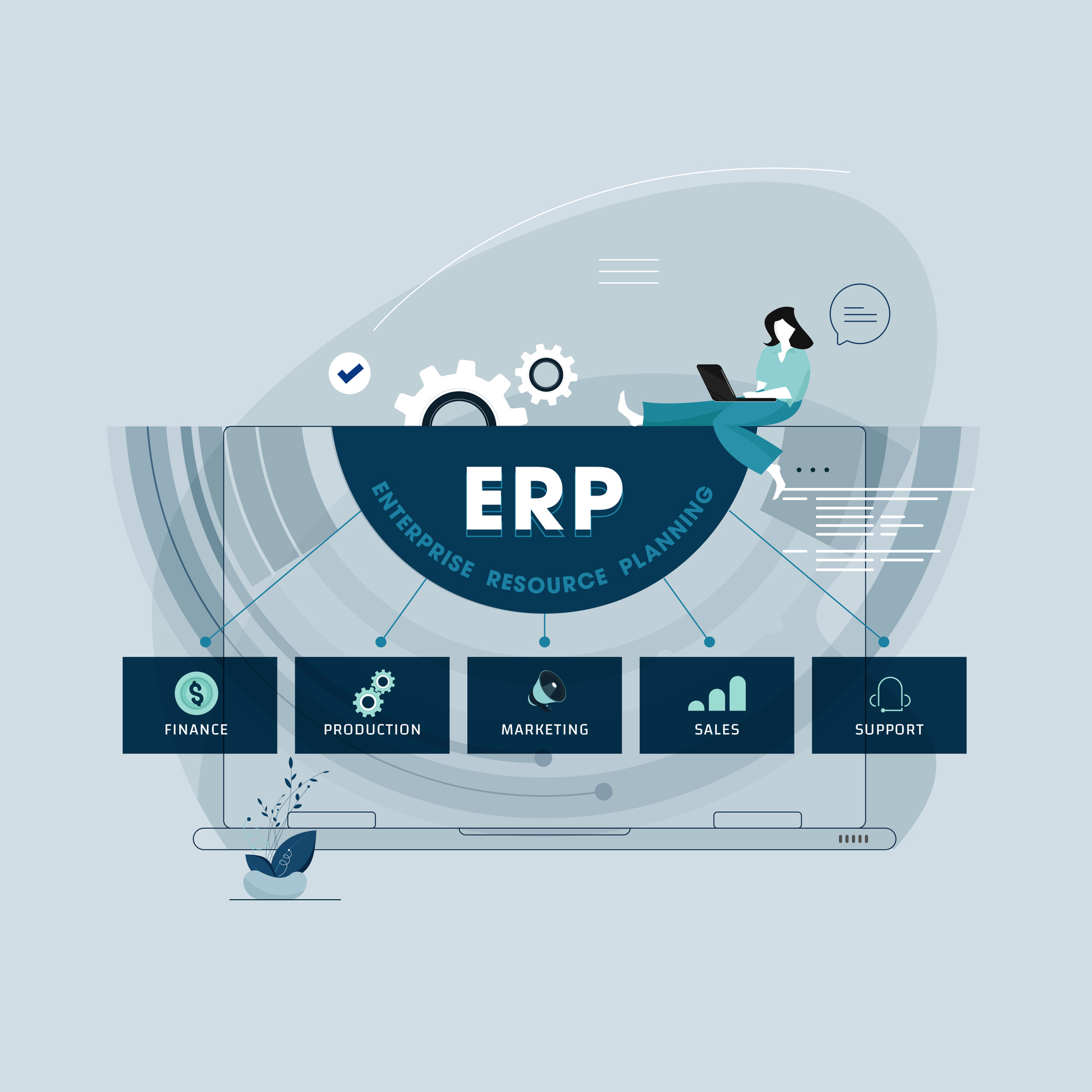As manufacturers plan for optimal organizational performance, priority should be given to understanding the role their inventory plays in overall growth and profit generation. And it’s through regular use of predictive analytics that manufacturers are able to perform smart inventory analysis and associated decision making.
Item stratification is one type of predictive analysis. Item stratification is a modeling framework that empowers leaders to avoid faulty sales strategies that can lead to critical points of failure such as product proliferation, which in turn causes a range of problems such as reduced inventory ROI and decreased margins.
This blog post will review the fundamental concepts of item stratification and the benefits of predictive analytics for manufacturers as they practice item stratification effectively.
The Basics
Item stratification is the analysis of the ranking of inventory items against each other according to their ability to generate revenue and profit, from greatest to least. With this insight, effective inventory investment and sales strategies can be devised to maximize revenue, profit growth, and inventory ROI, while ensuring customers the highest level of service and fulfillment.
According to its ranking, an inventory item would fall into one of the four quadrants within an Item Ranking Matrix:
· Critical Items. This quadrant represents items that are critical to the business. The demand and revenue are high for these items, and they are the most significant contributors to generating profit for the company. Investment and sales strategies should favor these items and further exploit their advantages to the company.
· Exploit Items. In this quadrant, items produce high revenue and/or have high demand but generate low profit. Continued investment in these items is justified only if price, acquisition costs, and/or cost to serve can be modified to improve their profit generation potential without sacrificing the demand for the items.
· Target Items. These items aren’t in high demand. They produce low revenue but generate high profits. Items in this quadrant represent the opportunity to drive growth if effective sales and/or pricing strategies can be implemented to stimulate demand.
· Non-Critical Items. This quadrant represents items that are marginal in terms of both profit and revenue generation. These items are candidates for elimination in the company’s investment and sales strategies because they siphon off sorely needed investment capital that could be used to procure higher performing inventory assets.
To arrive at the ranking that determines an inventory item’s placement within the Item Ranking Matrix, an item is assessed against the following performance KPIs:
· For Revenue Potential: Sales and Demand
· For Profit Potential: Contribution and Cost to Serve
Items are scored based on how their performance compares to the other inventory items within each respective Performance KPI criterion. Their scores are then weighted to reflect their influence and importance in driving overall performance within each respective KPI Grouping whereby each KPI Grouping receives its score.
KPI Grouping scores are then weighted within their respective Revenue Potential and Profit Potential categories to arrive at a combined score for each category.
Based on this combined score, an item is designated as an A, B, C or D item in each category. Based on this final A, B, C, D designation, an item is assigned to the quadrant in the Item Ranking Matrix that corresponds to its designation within each of the two categories.
This type of predictive analytics for manufacturers allows for an identification of how to manage inventory and sales strategies to focus efforts on the most profitable products.
Challenges
Incorporating predictive analytics for manufacturers into Item stratification modeling may be challenging to perform for some organizations, especially in the beginning. However, as data reporting structures are improved, implemented, and maintained, these challenges should mitigate over time.
The guiding rule to follow is to avoid complexity in the model, which can undermine the credibility of the results of the analysis. Complexity can also increase the effort to perform the analysis, where it can neither be performed in a timely manner nor within the frequency needed to keep strategies current and relevant.
If a performance KPI cannot be reliably reported upon, it can be omitted until the proper reporting structure is put in place. It can also be replaced with a KPI of a similar nature that can be reliably reported upon.
Following are some areas of complexity that can affect the reliability of the item ranking calculations in item stratification modeling.
- Scoring and Weighting Values
Admittedly, assigning the scoring and weighting values used in item stratification modeling is a subjective exercise. Ideally, the values used should reflect the nuances and particular dynamics of a company’s sales and operating environments.
Although the scoring and weighting values we use represent a sound starting point, they should not be interpreted as being applicable to all sales and operating environments. If the A, B, C, D designations seem to be disproportionately skewed, this is an indicator that scoring and weighting values may need to be revised.
- Performing the Analysis at the Local Level
Item stratification modeling should be performed at the local level; ideally, completing a model for each warehouse location in a branch or in a region. The database structure of a company’s sales analysis and/or general ledger chart of accounts will determine the level of difficulty involved in capturing an inventory item’s performance at the local level.
In many companies both sales analysis and the general ledger must be used to identify the local level associated with a transaction. In these cases, it’s necessary to have a cross reference between the two databases so that the entirety of the inventory item transaction can be captured. This cross reference is usually accomplished by use of a sales or product code embedded in the transaction. The code enables the association of the relevant sales information found in sales analysis with the division or region designation used in the sales transactions’ postings to the general ledger.
- Determining Lead Times
Ultimately, the reliability of an ERP’s calculated lead times will be determined by the depth of its capability in processing and managing:
· multi-level bills of material
· procurement sourcing tracking
· material issuance
· production operating run time cycles
For ERPs of limited capability in any of these areas, or if the ERP has not been operational long enough to calculate reliable lead times, an alternative is necessary. The next best alternative is an ERP that supports the entry of a user-defined lead time in the item’s inventory master record. If that capability exists, lead time values can be entered based on a manual analysis of the inventory item’s historical sourcing lead time trends.
- Determining Reliable Cost to Serve (CTS)
CTS relates to assessing how high maintenance an item is to process for sale, from procurement to selling. CTS exists in the realm of Soft Costs in the “below the line” section of a profit and loss statement.
Although some CTS may be capitalized to inventory to some degree as part of indirect costs or burden allocations, it is difficult to infer a direct relationship between any of these costs and any particular inventory item. For this reason, certain KPIs are used in the item stratification model to infer a CTS level associated with an inventory item.
The model presented here uses the KPIs of $Order Size, Yield Per Pick, %Returns, and %Same Day Delivery or Pickup. However, if KPIs exist upon which more reliable inference can be made, those can be substituted for any of the above KPIs.
- Determining Reliable Gross Margin
It shouldn’t be difficult to determine how much dollar revenue an inventory item generates. However, determining an item’s true cost can present challenges.
Gross margin can be reliable as an indicator of an inventory item’s contribution to profit generation only if all significant costs to acquire, refine and produce the item are accurately captured in the right proportions. Otherwise, the item’s true contribution may be distorted.
Discussing the inaccuracies involved in calculating reliable cost of goods sold can be an expansive conversation. This description focuses on three areas to which many managers will relate:
Standard Cost vs Actual Cost. There are competing schools of thought as to whether cost of goods sold is more accurately determined by capitalizing inventory cost using an implied standard cost or by charging the actual cost incurred to acquire, refine, or produce an item.
We don’t want to debate the merits of either capitalization method. However, the following observation is offered for consideration. If significant purchase price or production variances result from capitalizing inventory at standard costs, then the reported gross margins per item are not as accurate as they are purported to be.
Capitalization of Indirect Cost and Burden. The practice of capitalizing indirect costs and burden to inventory is justified by the pretense that the practice provides a full cost for an item and presents a more accurate measure of an item’s “true” profit contribution. At least in theory, there are several potential weaknesses in applying this capitalization method that may result in a distortion of an item’s true profit contribution.
· Any approach used to reclass “below the line” costs to inventory is an arbitrary allocation based on presumptions that may or may not accurately reflect how these costs actually move through the procurement and/or production processes.
· If a significant allocation variance results, it is indicative of inventory being over or under stated because of the allocations. Further, the cost of goods sold that flows out of inventory will be misstated as well.
· Even if no significant allocation variance results, there is no objective way to validate that the right costs are being allocated to the right inventory items in the right proportion.
Freight Costs. Freight has become a significant acquisition cost in the purchase of inventory. In many companies, freight is the most expensive cost incurred to acquire an item. Consequently, capitalizing freight cost to an inventory item in the correct proportion is critical to determining accurate gross margin per item. There are different scenarios wherein freight cost capture inaccuracies occur, however, they derive essentially from the same root causes.
· The ability to accurately associate purchase orders with the freight cost incurred.
· The ability to reasonably apportion the freight cost among all items on a purchase order.
· The degree of variance at the PO line item level between assumed freight capitalized and actual freight cost incurred.
· The amount of time that transpires between inventory receipt and validating the actual freight cost incurred.
· An ERP’s capability to support adjusting inventory item cost to account for freight cost variance after its purchase receipt is received.
Limitations or degree of error in any of the above areas will impact the reliability of the calculated gross margin per inventory item.
The Power of Predictive Analytics for Manufacturers
As technology evolves, manufacturers should plan to leverage predictive analytics for running their businesses through item stratification modeling. Learn more about using predictive analytics for manufacturers to avoid flawed sales strategies that impede growth by downloading our guide, “How Manufacturers Can Grow Profitably Using Item Stratification”.















